AndyDiamond
Rough_Rock
- Joined
- Nov 11, 2011
- Messages
- 99
I found a potential stone, that was GIA Triple Excellent. I wanted to ensure it has great light performance, so paid jeweler to ship it to AGS. Results came back in, and AGS gives 2 options on report. They can show AGS Ideal Cut on the Diamond Quality Report which doesn't show a Cut grade score. Or the other report option is the Diamond Quality Document which shows deductions for contrast and dispersion and just gets Cut score of 1, and Excellent rating instead of Ideal.
Just wanted the forum's input on the discrepancy.
Just wanted the forum's input on the discrepancy.

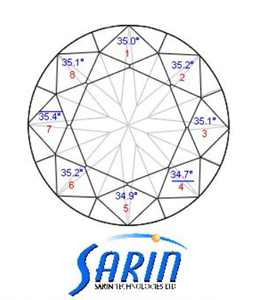
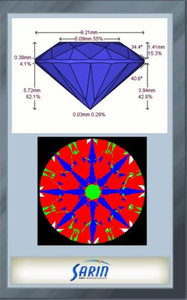
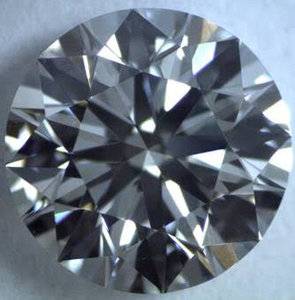
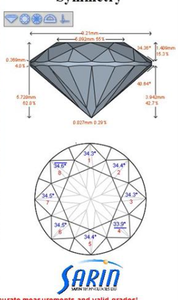
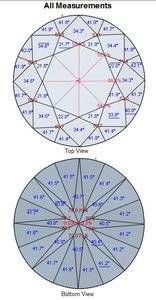
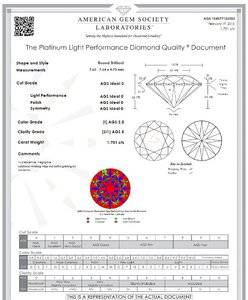



300x240.png)